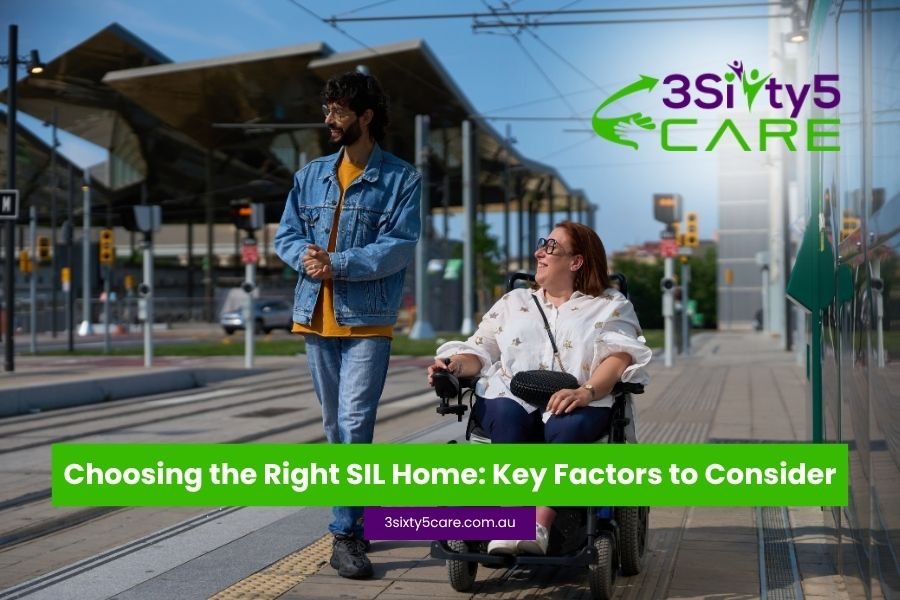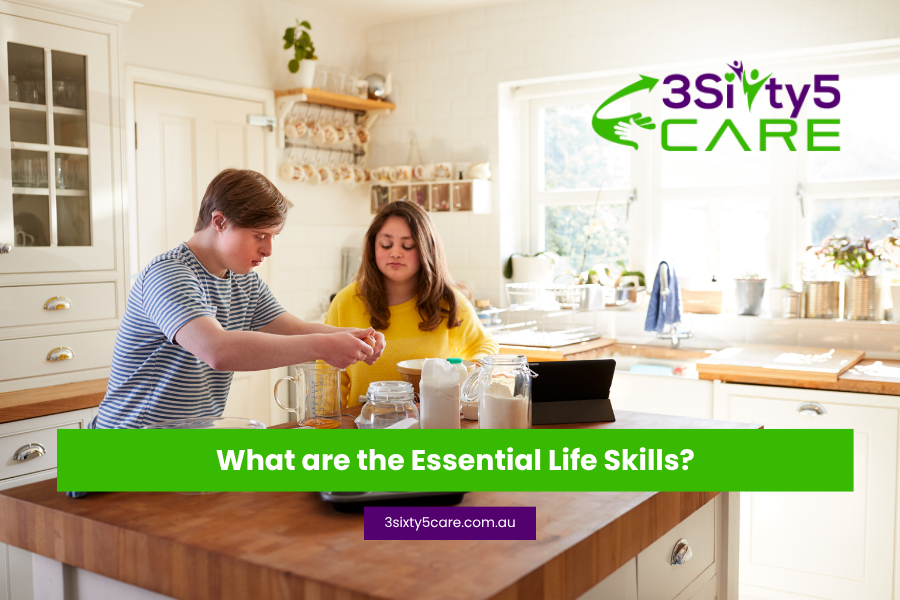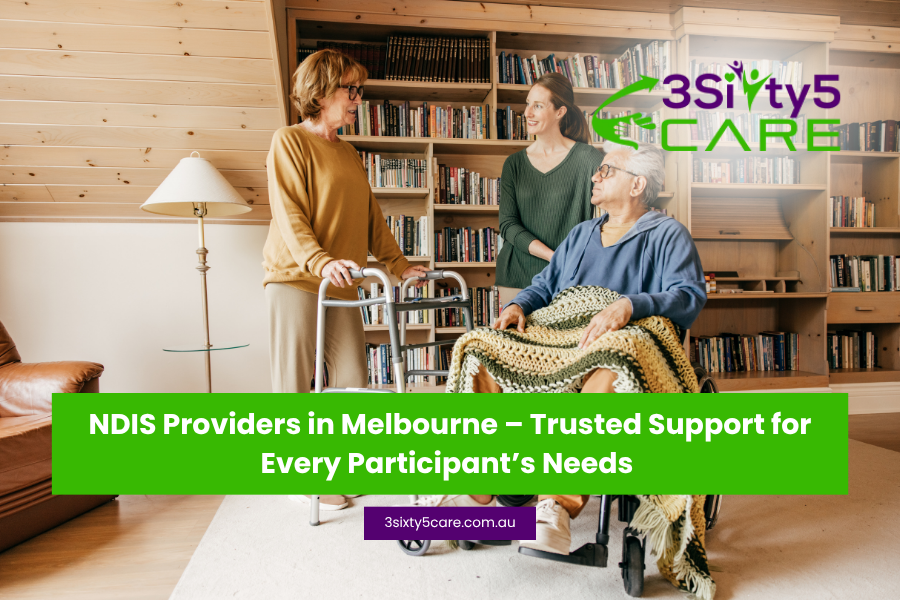When you are seeking a Supported Independent Living (SIL) home under the NDIS, the selection of the home is quite crucial. The right home can make a person safer, easier and assist, he/she to live independently. The wrong house may make life difficult and stressful. In the case of a person with a disability, family member, or a support worker, there are a few things to consider when selecting an SIL home.
What is SIL and Why It Matters
Supported Independent Living (SIL) refers to the help that assists individuals in living independently as much as possible. It does not only concern the house, but the support that one receives day in day out. This may involve assistance in washing, dressing, cooking, cleaning, staying safe, and acquisition of new skills. With the help of SIL, individuals can live safely, comfortably, and independently.
SIL funding usually does not cover rent, groceries, or utilities, these are day-to-day living costs that participants or their plans manage separately. The focus of SIL is on the support services delivered while living in the home. When choosing an SIL home, it’s important to look beyond the building and see the full support picture.
Key Factors to Consider When Choosing an SIL Home
- 24/7 support or supervision?
- Active help with showers, medication, behaviors, or medical needs?
- Overnight staff presence or just periodic checks?
- Shared homes: Multiple participants live together, sharing common spaces, with support staff attending as needed.
- Individual homes: A person lives more privately, with support delivered as required.
- Access to transport, stores, healthcare, and leisure.
- Availability of friends, family, and social networks.
- Fitting in the local society, not standing out.
- Broad doorways, ramps, corridors.
- Available toilet rooms, grab rail showers.
- Emergency call system, alarms, safe exit and entry.
- Good lighting, slip-resistant, and fire security.
- Staff-to-resident ratios (day, evening, night)
- Flexible and consistent roster schedules
- Staff trained in behavior support, first aid, and disability care
- Stability in personnel to have familiarity and comfort
- Were they registered to NDIS and meet the guidelines?
- Are they well-referred to or testified?
- What do they do about complaints and quality control?
- Customised support plans for each resident
- Flexibility to adapt when goals or needs change
- Opportunities for skill development, independence, and personal growth
- Respect for resident choice in daily routines, meals, and preferences
- How are costs split into shared homes?
- Are all support services included, or are there extra charges?
- How is funding managed under the NDIS plan?
- What happens if extra support is needed unexpectedly?
Steps to Start the SIL Home Process
- Clarify Support Needs: With the help of assessments and therapists, doctors, or support coordinators, define a care profile.
- List Priorities: Must-have vs. Nice-to-have A list of priorities must-have versus nice-to-have and know your deal-breakers.
- Pay House: It is a visit to see how comfortable and practical a house is. Questions on daily life for staff and residents.
- Ask Tough Questions: Get to know about incident response, staff training and complaint handling.
- Examine the Roster & Support Agreement: Make sure it is appropriate to your needs and is flexible.
- Check Contracts & Exit Clauses: Learn the terms, notice time and consequences of change of need.
- Involve the Participant: It should be based on their comfort, preferences, and goals.
Why Choosing the Right SIL Home Matters
- Greater independence and skill development
- Better mental health and emotional stability
- Reduced risk of support breakdown or relocation
- Efficient use of NDIS funding
- A dignified and meaningful home life




